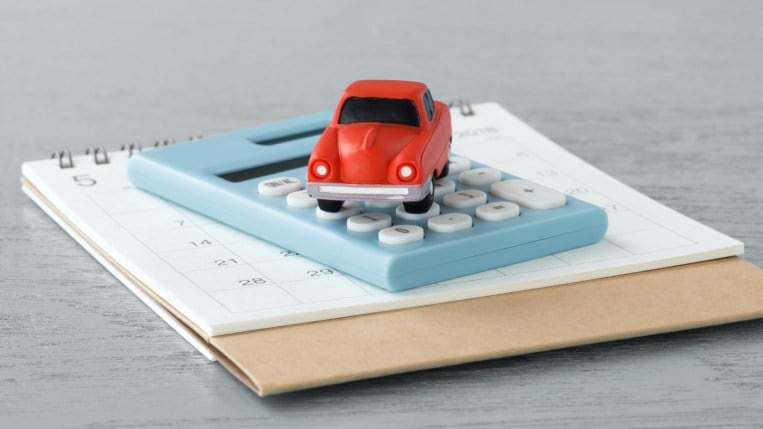A series of Federal Reserve interest rate changes earlier in 2022 had little effect on Americans’ taste for new cars. Then, in late September, the Fed enacted its fourth interest rate hike this year and announced plans for more — which has begun to change car shopping, hard and fast.
Perhaps, too fast.
Supply Could Recover Too Late to Matter“Just as the industry is poised to start seeing volumes increase from supply-constrained recession-like low levels, the rapid movement in interest rates is reducing demand,” says Cox Automotive Chief Economist Jonathan Smoke. “New cars may finally become more available just when most Americans can no longer afford them,” he adds.
Cox Automotive is the parent company of Kelley Blue Book.
Fed Has One Clumsy ToolThe Fed — the Board of Governors of the U.S. Federal Reserve System — controls the interest rate that banks pay to borrow money from one another. That change filters through the economy, as banks must charge higher rates on home loans, car loans, and credit cards to remain profitable.
That increases the cost of borrowing for everyone.
It’s not a surgeon’s tool. It involves making a change upstream and watching to see its effects far downstream.
The effects are beginning to show, Smoke says, and they could get drastic.
Low-Income Buyers Disappearing“Credit is still available, but it is flowing to a smaller portion of the population, which means demand is shrinking,” he explains. Many consumers find that, as interest rates have crept to a 15-year high, “they cannot adjust the remaining variables enough to keep payments within reach.”
That’s squeezing low-income shoppers and those with credit problems left over from the economic contraction of the COVID-19 pandemic out of the market. Subprime buyers, Smoke says, made up 14% of new-vehicle shoppers in 2019 when the pandemic began. Now, he says, they’re just 5% of new-car shoppers, “and deep subprime buyers have all but disappeared.”
In August, the average new car buyer signed up for a monthly payment of $743.
New Cars Could Become a Luxury ItemIf those trends continue, Smoke says, they’ll turn new cars into something only the wealthy can afford. Higher rates could “reshape the industry into a more concentrated luxury market, where average new-vehicle prices push past $50,000, as automakers chase high-credit, high-income buyers who are less likely to lose jobs in recessions and enjoy the ability to pay cash for new vehicles or secure lower rates when they choose to finance,” he says.
Prices are already at record highs and headed higher. With high-interest rates, “the new-vehicle market will behave like a de facto luxury market for the foreseeable future,” Smoke warns.
Time for the Fed to Pause?Cox Automotive recently cut its new vehicle sales forecast for the year. The company now believes Americans will purchase just 13.7 million cars in 2022 — the lowest level in a decade.
And the Fed has signaled that further interest rate increases are coming.
Smoke would like to see the Fed slow down. “The most worrisome issue with the Fed’s plans is that they are not taking the time to see the impact of substantially higher rates,” he says. Vehicle demand is slowing, he warns, but “further hard braking may put the industry into the ditch.”
For shoppers, the short-term news is relentless. New car shoppers can expect both prices and interest rates to rise. Used car shoppers are seeing prices decrease as the supply of used cars recovers. But it’s getting harder to borrow money to buy one.

